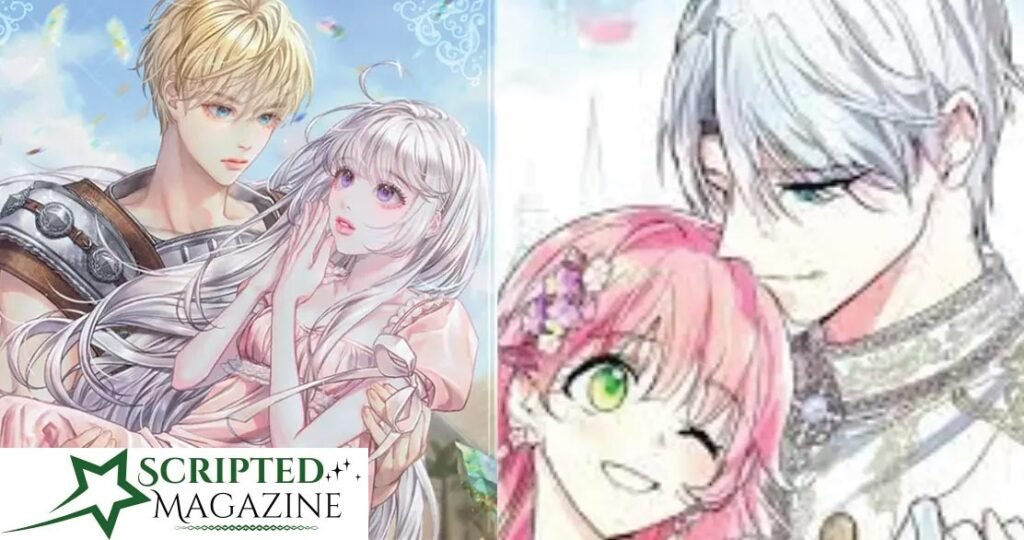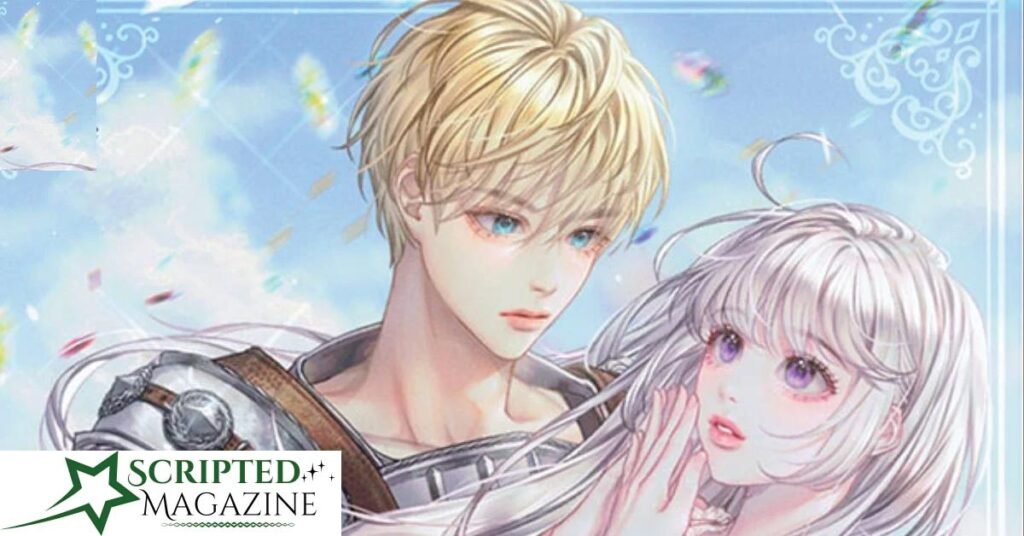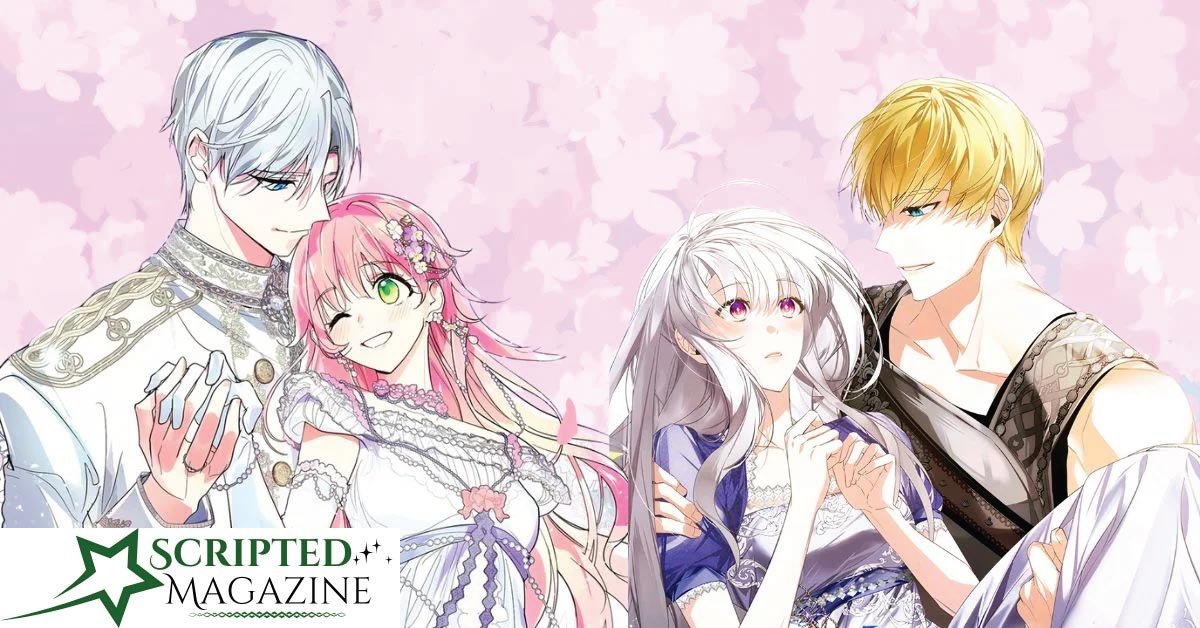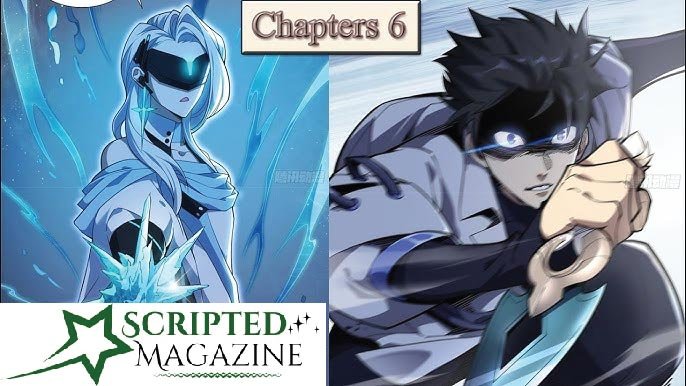Introduction
In the area of literary genres, dark romance holds a unique charm, drawing readers into a tumultuous world in which love intertwines with chance, betrayal, and severe psychological drama. The theme “Fell Into the Arms of a Mad Villain” typifies this attraction, providing narratives which are both exciting and unnervingly seductive. This exploration delves into why characters—and by using extension, readers—are captivated by using these complicated figures, analyzing the magnetic pull of the mad villain through literary examples, narrative strategies, and cultural impacts.
The Lure of the Mad Villain
The fascination with mad villains in romantic contexts stems from their capability to embody the final antihero—charismatic yet dangerously improper. Such characters frequently display traits that, at the same time as morally ambiguous, are intensely human: deep-seated ache, unmatched mind, and a charismatic demeanor which can sway the maximum steadfast hearts. Literature is rife with such figures, from the brooding Mr. Rochester in Jane Eyre to the enigmatic Christian Gray in Fifty Shades of Gray. These characters project the protagonist’s (and reader’s) moral compass, frequently pushing towards a journey of self-discovery and self-destruction.

Archetypes and Dynamics
The dynamic between the mad villain and the protagonist is important to the plot of any darkish romance. This courting usually involves a dance of power and vulnerability, in which the villain regularly holds sway over the protagonist via manipulation or appeal, highlighting a deep-seated connection that transcends traditional romantic interactions. The narrative might also rent archetypes, which include the “tortured genius” or the “captivating sociopath,” each offering a distinctive flavor of threat and desirability. These relationships often explore issues of redemption, salvation, and the transformative electricity of love, albeit through a twisted lens.
Narrative Techniques
Writers of dark romance make use of a number of narrative strategies to heighten the emotional depth and suspense. The use of first-person perspectives or unreliable narrators can deepen the reader’s immersion and connection to the mad villain, blurring the strains between worry and fascination. Pacing is also important; the sluggish screen of the villain’s backstory and motivations can hold readers hooked, keen to understand whether love can completely redeem or doom both the villain and the protagonist. Additionally, settings frequently reflect the tumultuous nature of those relationships—dark, foreboding environments that enhance the sense of chance and the unknown.
Impact on Popular Culture
“Fell Into the Arms of a Mad Villain” has drastically inspired popular culture obvious in the surge of books, movies, and television suggestion that delve into dark romances. Series like Killing Eve and You showcase the compelling appeal of dangerously obsessive relationships, whilst films the together with Joker, explore the depths of a villain’s psyche, making viewers empathize with traditionally opposed characters. These narratives resonate with audiences, often turning into cultural phenomena that inspire discussions about the nature of love, electricity, and morality.
Psychological Draw of the Villain
The mental allure of the Fell Into the Arms of a Mad Villain literature may be attributed to several factors that resonate deeply with human feelings. These characters regularly exhibit trends associated with the “dark triad” — narcissism, Machiavellianism, and psychopathy — which sarcastically can grow beauty because of their association with self wondering, strategic wondering, and an air of secrecy. Psychological theories recommend that the attraction might also stem from a subconscious preference to apprehend and “restore” damaged individuals, a story often pursued in romantic plots. This risky liaison appeals especially because it combines factors of care and destructiveness, forming an effective mix that promises each high and lows in emotional engagement for the reader.

Archetypal Analysis
Diving deeper into man or woman archetypes, “Fell Into the Arms of a Mad Villain” stories often paint villains who epitomize the Byronic hero — mysterious, charismatic, and wounded. These figures, like Heathcliff from Wuthering Heights or Loki from the Marvel Cinematic Universe, appeal to not best because of their strength and thrillers, but additionally because of their profound isolation and suffering. Their romantic interactions are tinged with a hope for redemption, driven through the empathetic engagement of the protagonist, who regularly sees a glimpse of goodness or vulnerability within the villain.
Narrative Depth and Complexity
The complexity of narratives in which the characters “Fell Into the Arms of a Mad Villain” often reflects a deep exploration of themes such as redemption, morality, and the nature of true love. Authors might also employ literary devices together with foreshadowing, dramatic irony, and motifs to enhance the narrative. For instance, in Gone Girl by way of Gillian Flynn, the shifting views and darkness reveals approximately the characters’ true natures keep readers on the brink, though their perceptions of victim and perpetrator. Such testimonies also frequently quit with morally ambiguous resolutions, frightening concept and discussion about the character of relationships and personal transformation.
Cultural Echoes
Exploring similarly the subject’s effect on subculture, “Fell Into the Arms of a Mad Villain” resonates beyond literature into broader social and cultural developments. In an age ruled by discussions about intellectual fitness and the complexity of human relationships, these memories provide a canvas reflecting current worries and fascinations. The popularity of antiheroes in the media suggests a collective craving to apprehend the’s shades of gray in human nature, moving away from traditional hero-villain dichotomies to embrace extra nuanced portrayals.
More: Reddit
Reader Engagement and Reflection
Encouraging reader engagement, testimonies themed “Fell Into the Arms of a Mad Villain” often depart the area for interpretation, inviting readers to question the characters’motives now, but additionally, their personal values and beliefs. By engaging with such narratives, readers may also confront their shadows, exploring their knowledge of love, forgiveness, and the possibility of trade in humans deemed ‘villainous.’

Conclusion
The enduring enchantment of the theme “Fell Into the Arms of a Mad Villain” in dark romance showcases our collective fascination with the complexities of love, especially while intertwined with the enigmatic allure of a villain. These narratives function as a mirror, reflecting our deepest fears and desires, whilst additionally offering an interesting escape into the darker geographical regions of ardor and redemption. As literature continues to adapt, the exploration of such issues now not simplest entertains however additionally enriches our information of the human condition.
Frequently Asked Questions approximately “Fell Into the Arms of a Mad Villain”
- What defines a ‘mad villain’ in romantic literature?
- In romantic literature, a ‘mad villain’ typically refers to an individual who is well-known shows developments which are morally ambiguous, psychologically complex, and regularly exhibits a positive stage of aura or intellectual brilliance. These characters may additionally have a stricken beyond or possess motivations which are enigmatic or morally questionable.
- Why are readers interested in tales involving mad villains?
- Readers are often interested in testimonies about mad villains because they provide a blend of chance, intrigue, and the thrill of the forbidden. These characters project conventional moral barriers and initiate a deeper psychological engagement with the narrative, exploring themes of redemption, transformation, and the human ability for each good and evil.
- Can a court with a mad villain ever be considered wholesome?
- Relationships with mad villains in literature are normally portrayed as complex and fraught with demanding situations. While they offer dramatic anxiety and are compelling to study, they regularly encompass elements of manipulation, obsession, and imbalance, which might now not represent a healthful relationship in real life.
- How do authors prevent such dark issues from becoming too oppressive for readers?
- Authors regularly balance dark themes by means of incorporating factors of redemption, humor, or moral ambiguity that invite readers to shape their personal interpretations. The intensity of personal development, in particular showing vulnerabilities or modifications of the villain, also helps in mitigating the depth of the darker topics.
- Are there any famous literary examples of tales wherein characters have ‘Fell Into the Arms of a Mad Villain’?
- Yes, there are several famous examples, along with Wuthering Heights using Emily Brontë, in which Heathcliff embodies the mad villain archetype, and The Phantom of the Opera by way of Gaston Leroux, wherein the Phantom’s complicated character captivates both characters in the story and its readers.










